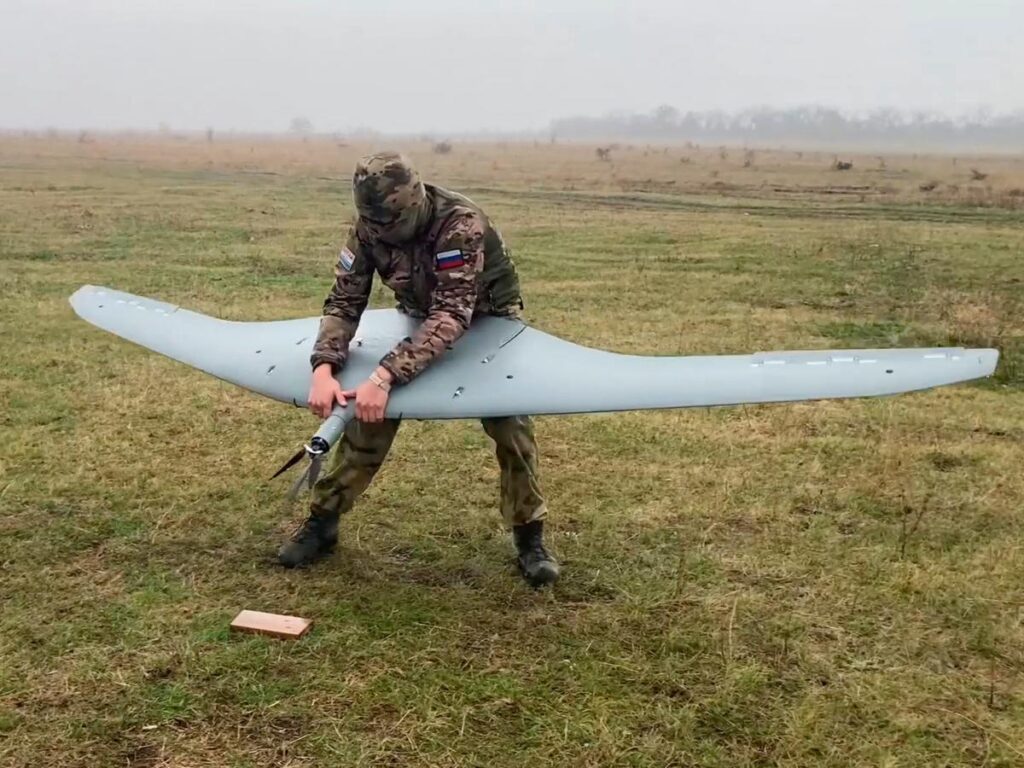This fall, the conflict between Russia and Ukraine has intensified dramatically, with Russia launching over 6,000 drones and missiles in September, October, and November alone. This figure represents a staggering increase, as the frequency of these attacks has risen to four times higher than the same period the previous year, according to an analysis by The Wall Street Journal. The scale of these operations suggests an escalated strategic effort by Russia to undermine Ukraine’s defense capabilities, posing significant challenges for the Ukrainian military and its ability to protect its airspace and infrastructure.
To counter these relentless assaults, Ukraine has employed a multifaceted approach involving advanced air defense systems and robust electronic warfare techniques. The Ukrainian military has strategically integrated various missile systems to intercept incoming threats, while also deploying electronic warfare tactics to disrupt and mislead Russian targeting systems. However, as Russia adapts to these countermeasures, it has begun to employ innovative tactics to ensure the effectiveness of its strikes, showcasing a dynamic evolution in the ongoing conflict.
Among the new methodologies adopted by Russia is the widespread use of decoy drones, described by Ukraine’s military intelligence, or HUR, as “Parody.” These unarmed drones are specifically designed to imitate the radar signature of more lethal drones, such as the Iranian-made Shahed-136, which Russia has frequently deployed against Ukraine. The introduction of these smaller, cost-effective decoys allows Russian forces to launch swarm attacks, overwhelming Ukrainian defenses by saturating them with multiple false targets, thus increasing the likelihood of successful strikes on genuine military and civilian targets.
The implications of Russia’s intensified drone and missile campaigns are grave. Experts, including George Barros from the Institute for the Study of War (ISW), predict that Ukraine will face an exceptionally challenging winter. Although Ukraine has demonstrated considerable resilience and ingenuity in mitigating the impacts of Russian attacks, the growing sophistication of Russia’s tactics poses a persistent threat. The continuous evolution of the conflict implies that even with defensive capabilities in place, Ukraine’s air defense systems may be stretched thin as they contend with new offensive strategies employed by Russia.
Recent reports indicate that Ukrainian air forces have had mixed success in intercepting Russian drones, as evidenced by an operation in which they shot down 28 of 74 aerial threats during a nighttime assault. This incident underscores both the scale of the challenge faced by Ukrainian defenders and the sheer volume of Russian ordnance being deployed. Moreover, Russia’s escalating reliance on missiles is evident, particularly with developments related to hypersonic missiles like the ‘Oreshnik,’ which Russian President Vladimir Putin has touted for their devastating capabilities. Such advancements in missile technology could further shift the balance of power in the ongoing conflict and inflict even greater damage on Ukraine’s military infrastructure.
As the winter months approach, the ongoing exchange of strikes, with innovative tactics from both sides, sets the stage for a continuation of conflict marked by high stakes and significant humanitarian concerns. The continuing battles over airspace control and the protection of critical infrastructure are likely to take center stage, as both nations prepare for sustained confrontations. The private and civilian sectors of Ukraine face increased vulnerability as Russian military strategy evolves to target energy facilities and other vital structures. This precarious situation calls for comprehensive international support for Ukraine as it braces for the challenging months ahead, reinforcing its tactical capabilities and fortifying its defense systems against a more relentless foe.

